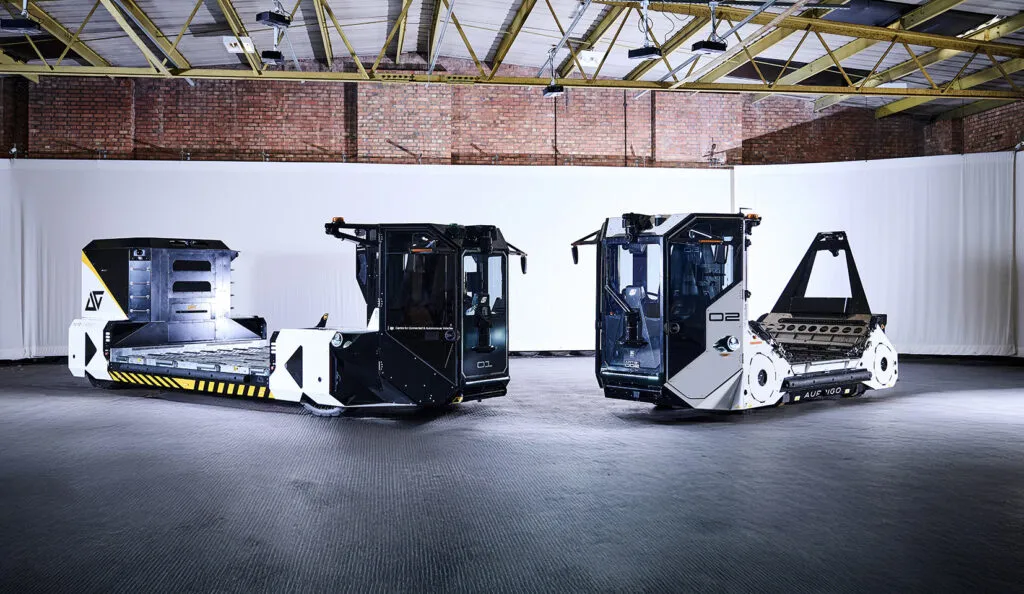In the rapidly evolving landscape of autonomous technology, a groundbreaking study led by Dolya Alexandr from the Research Institute is set to redefine the capabilities of unmanned ground vehicles (UGVs). Published in the esteemed journal “Advances in Materials Science and Engineering” (which translates to “Advances in Materials Science and Engineering” in English), this research delves into the development of a multifunctional autonomous unmanned ground vehicle (MAUGV), promising to enhance maneuverability, stability, and obstacle-overcoming capabilities.
The core challenge addressed by Alexandr and his team is the integration of autonomous capabilities with operational effectiveness across diverse and challenging environments. By implementing mathematical modeling and prototype testing, the researchers analyzed motor characteristics and simulated various operational scenarios to predict the vehicle’s behavior in real-world conditions. “Our goal was to create a vehicle that could adapt to different terrains and missions, ensuring robustness and versatility,” Alexandr explained.
The results were impressive. The MAUGV demonstrated the ability to tackle obstacles up to specific heights and inclines, showcasing the model’s accuracy in replicating physical dynamics. This breakthrough underscores the vehicle’s potential in challenging environments, a critical factor for industries such as energy, where remote and rugged terrains are often the norm.
One of the standout features of the MAUGV is the integration of a bayonet connection, allowing for rapid module changes. This innovation significantly enhances the vehicle’s adaptability across different missions, a boon for sectors requiring flexible and efficient solutions. “The bayonet connection is a game-changer,” Alexandr noted. “It enables quick reconfiguration, making the MAUGV suitable for a wide range of applications, from surveillance to maintenance in energy sectors.”
The practical implications of this research extend far beyond the immediate advancements in vehicle design. By addressing specific challenges associated with autonomous mobility, the findings contribute to the broader field of unmanned systems. This work offers insights into design considerations that improve adaptability and performance in varied operational contexts, paving the way for future research and application.
As the energy sector increasingly turns to autonomous solutions for exploration, maintenance, and security, the MAUGV represents a significant step forward. Its ability to navigate and operate in challenging environments could revolutionize how energy companies approach remote and hazardous locations. “This technology has the potential to transform the energy sector,” Alexandr remarked. “By enhancing the capabilities of UGVs, we can improve safety, efficiency, and cost-effectiveness in operations.”
The research published in “Advances in Materials Science and Engineering” not only highlights the current achievements but also suggests pathways for future developments. As the field of autonomous vehicles continues to evolve, the insights gained from this study will be invaluable in shaping the next generation of unmanned ground vehicles. The journey towards fully autonomous and adaptable UGVs is well underway, and with innovations like the MAUGV, the future looks promising.

